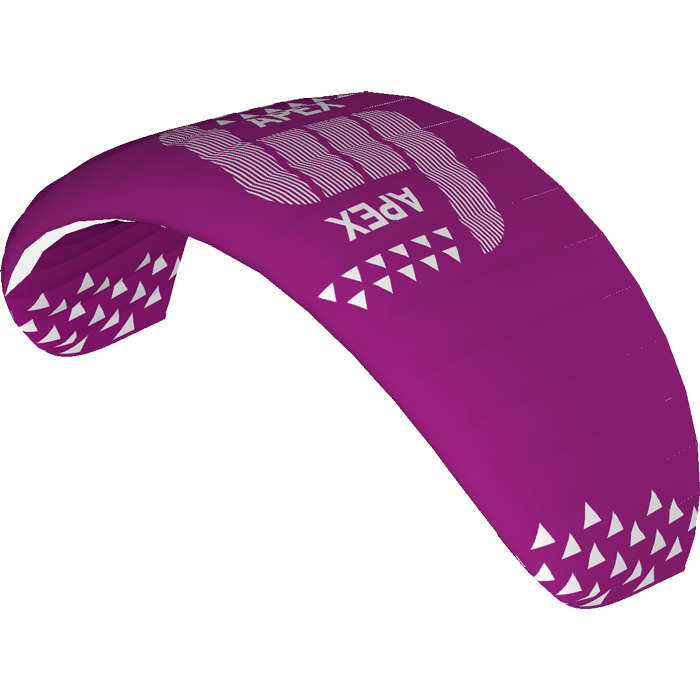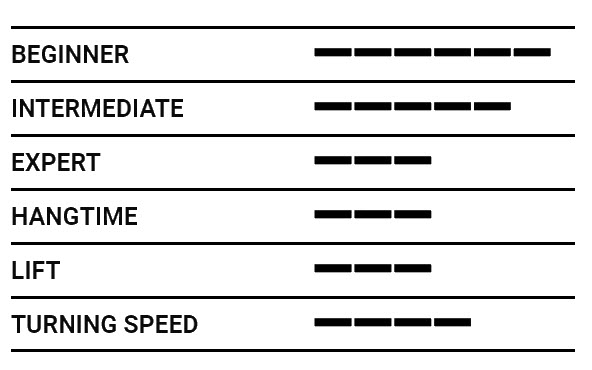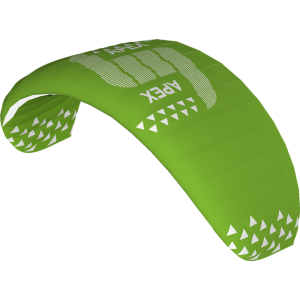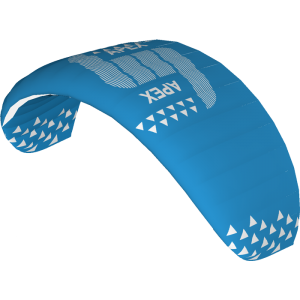- Out-of-Stock






APEX
You are looking for a kite you can rely on 100%? Who can’t let you climb airy heights in borderline situations in the backcountry?
With the Apex, HQ4 have developed the perfect kite to get you into a whole new level.
Maximum control, high stability and sufficient depower performance make it the companion that helps you to increase your personal level continuously. Don’t worry about mistakes, the Apex forgives a lot and makes the entry into the world of landorading or snowkiting especially easy.
Includes: Kite, manual, backpack.
 Security policy
Security policy
(edit with the Customer Reassurance module)
 Delivery policy
Delivery policy
(edit with the Customer Reassurance module)
 Return policy
Return policy
(edit with the Customer Reassurance module)
You are looking for a kite you can rely on 100%? Who can’t let you climb airy heights in borderline situations in the backcountry?
With the Apex, HQ4 have developed the perfect kite to get you into a whole new level.
Maximum control, high stability and sufficient depower performance make it the companion that helps you to increase your personal level continuously. Don’t worry about mistakes, the Apex forgives a lot and makes the entry into the world of landorading or snowkiting especially easy.
The Apex’s features are perfectly matched to the needs of beginners and backcountry riders. A gentle unfolding of the traction force and a high depowering power make the kite extremely controllable. With enough power in the loop, there are sufficient reserves of power to be able to react quickly to gradients or changing winds.
SHAPE
The Apex has a small number of chambers with a thick profile. It has been specially developed for use in difficult wind conditions to ensure maximum stability. The last chambers were deliberately not leashed so that the apex develops an optimal flow ratio at the wingtips.
BRIDLE
Apex scales are made entirely of robust, coated Dyneema, which guarantees a long service life in harsh environments. Mixer leash and pulleys are perfectly matched to each other.
MATERIAL
As a sailcloth, an extremely robust 40D ripstop nylon is used, which has proven itself over the years. The inner material of the ribs consists of a robust cloth and is additionally reinforced at the profile holes with webbing straps.
MAIN PROPERTIES:

Your review appreciation cannot be sent
Report comment
Report sent
Your report cannot be sent
Write your review
Review sent
Your review cannot be sent

APEX
You are looking for a kite you can rely on 100%? Who can’t let you climb airy heights in borderline situations in the backcountry?
With the Apex, HQ4 have developed the perfect kite to get you into a whole new level.
Maximum control, high stability and sufficient depower performance make it the companion that helps you to increase your personal level continuously. Don’t worry about mistakes, the Apex forgives a lot and makes the entry into the world of landorading or snowkiting especially easy.
Includes: Kite, manual, backpack.
check_circle
check_circle

